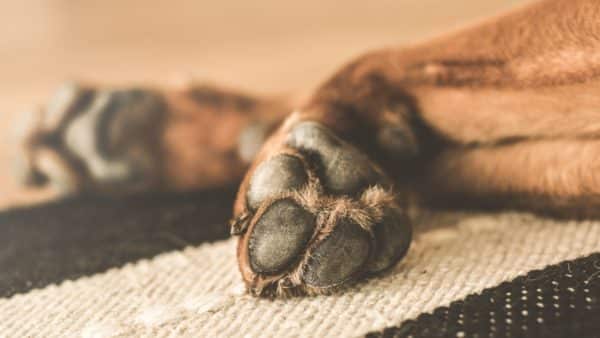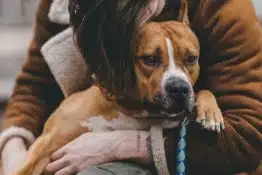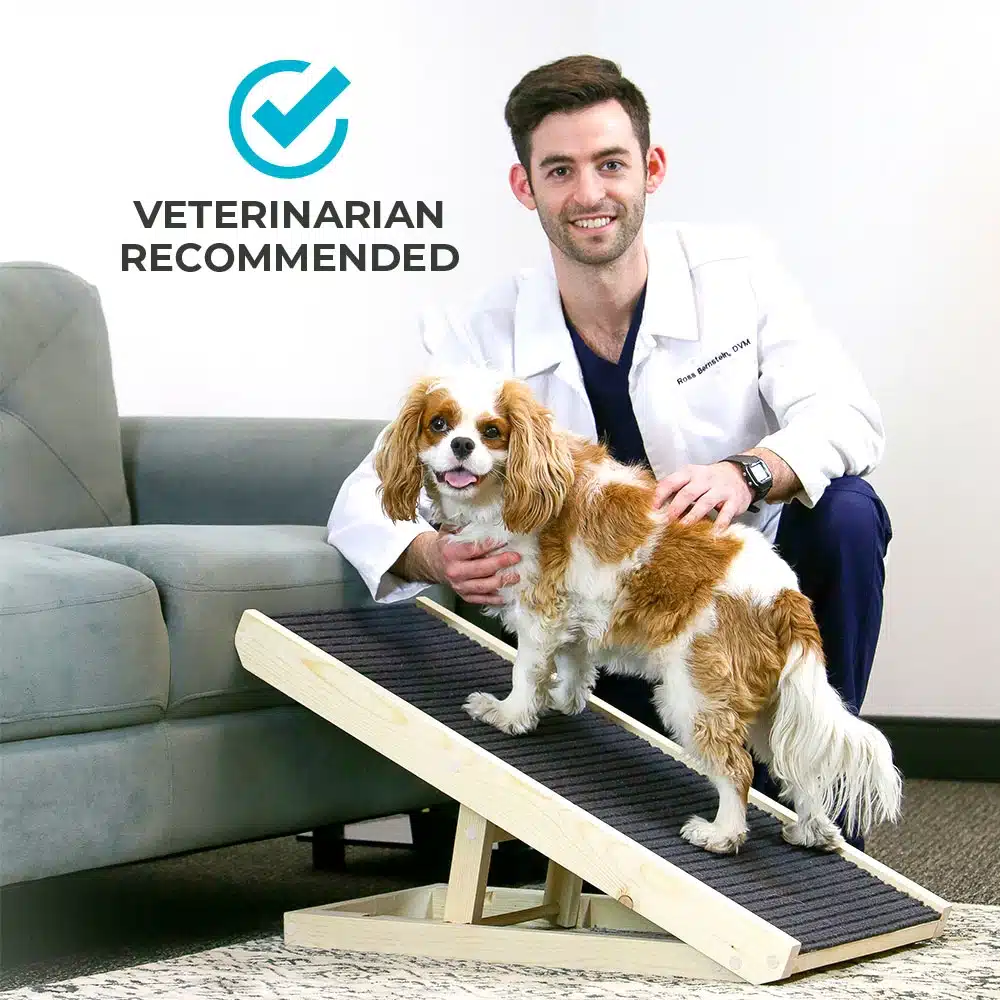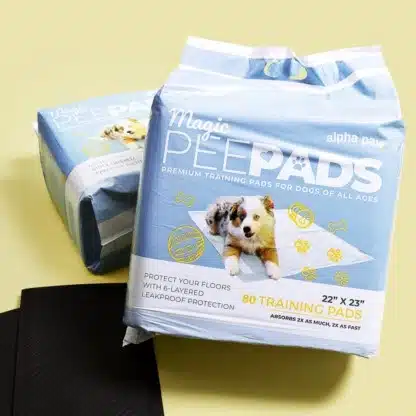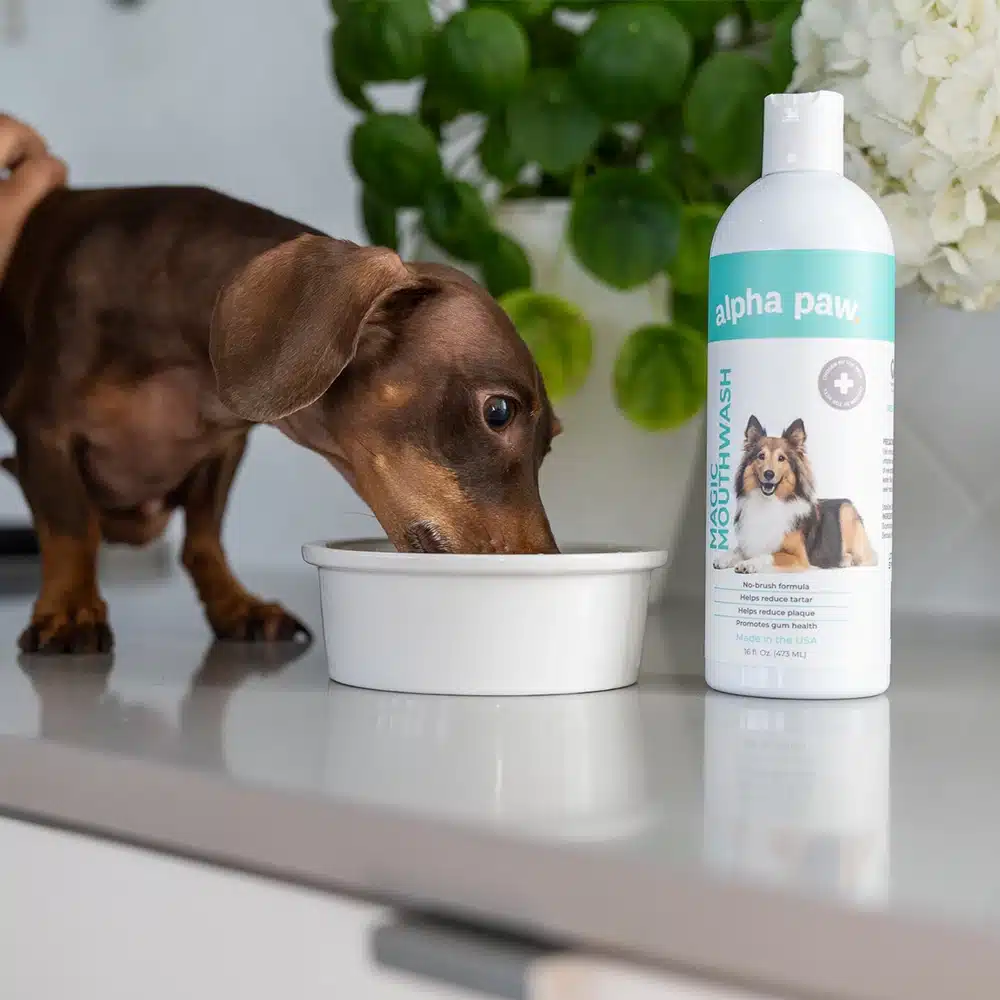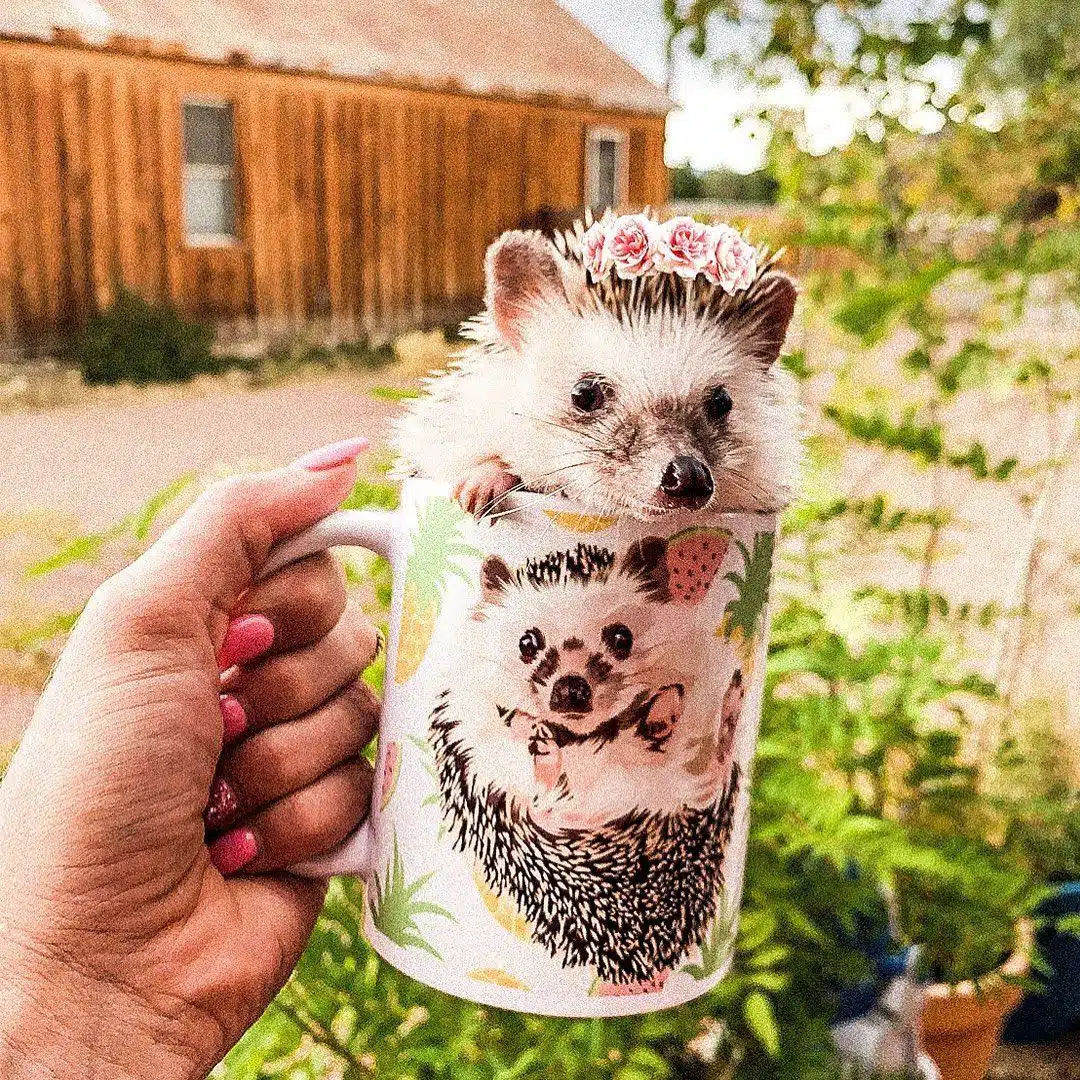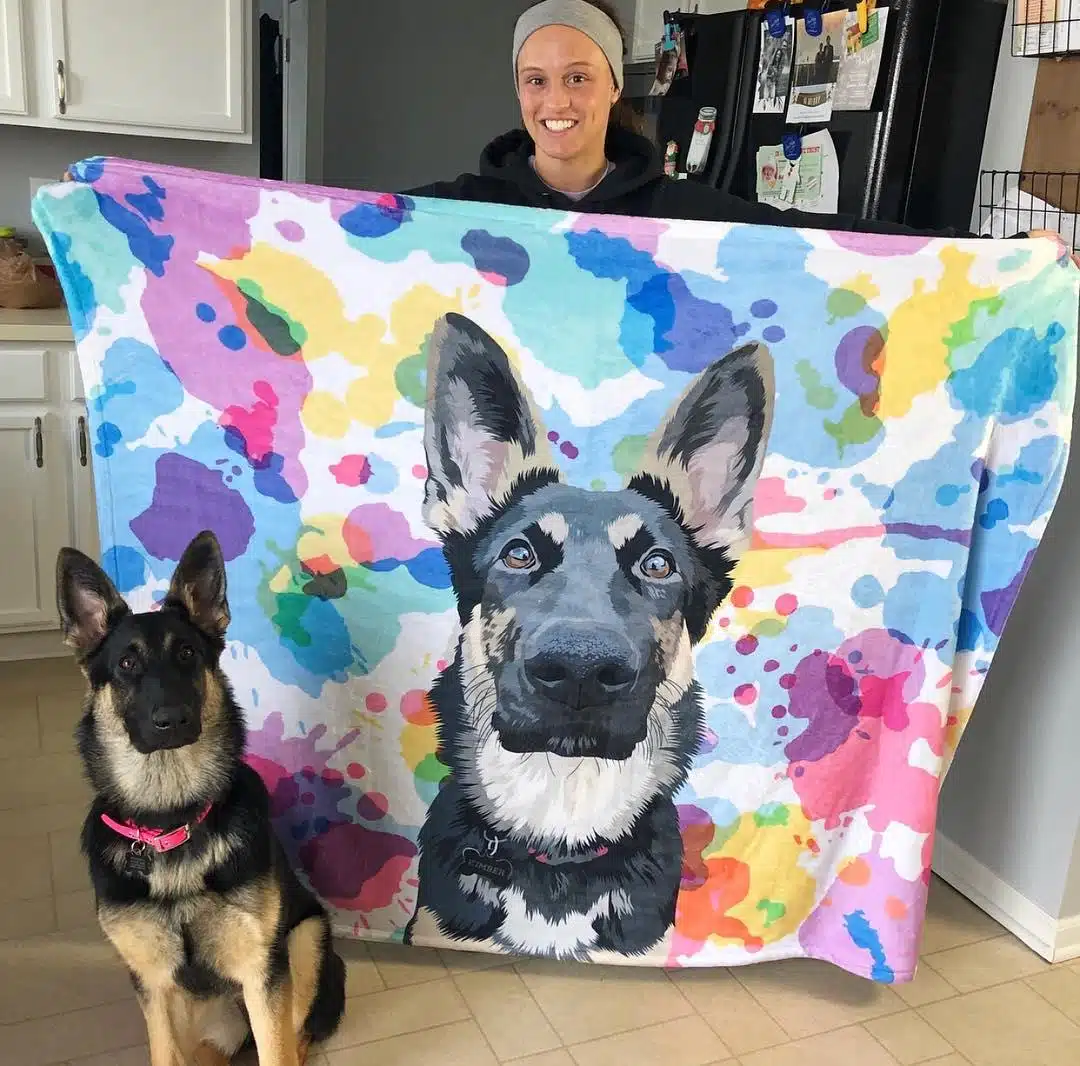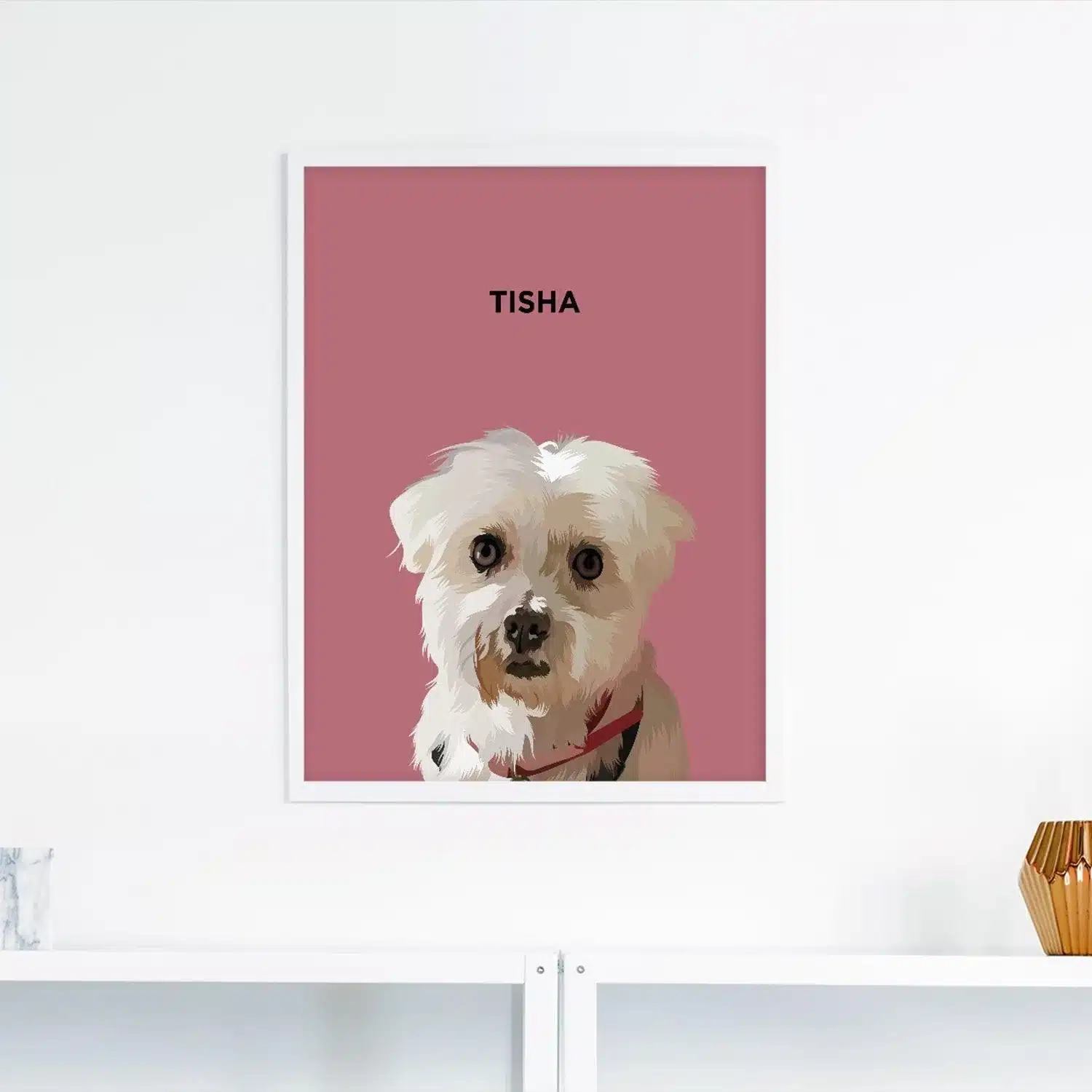Do Dogs Sweat? Watch the latest Alpha Paw episodes with host Bernie Zilio to find out! You can watch the video and read the transcript below!
The Transcript
Bernie Zilio
It’s officially summer! The season of hotdogs…and hot…dogs. So that begs the question, do our dogs sweat? Let’s bark about it.
Welcome back to Alpha Paw, your destination for everything dog. I’m Bernie Zilio and I’m on a mission to answer every doggone question you’ve ever had about your fur babies and today we are talking about how our dogs can stay cool in the heat.
So you may have heard that dogs, in fact, do not sweat. And that belief may have been bolstered by the fact that when you pet your pup after a long walk in the heat or some rough and tumble play at the dog park, he or she does not give off the same glow of perspiration that us humans do.
Dogs Do Sweat, But Not the Same Way Humans Do
Believe it or not, dogs do actually sweat– just not in the ways that we’re accustomed to. Dogs produce sweat only in specific areas of their bodies. Let’s dive in a bit further. So our pups actually have two types of sweat glands: the merocrine glands and the apocrine glands.
The merocrine glands function pretty similarly to our own and do create sweat. But instead of being located all over their bodies, like humans’ these glands only reside in our pups’ paw pads. They jump into action when our dogs are overheating and work to cool them down.
Next time your dog gets some exercise, you may notice damp paw prints on the ground, which is a sign that your puppy is trying to cool down during *their* cool down. But why are these glands located in their paws?
The Science Behind Dog Sweat Glands
Well, most dog breeds are covered in fur (and hair). If their sweat glands were located all over their bodies, like their human companions, the sweat would get caught in the hair and have trouble evaporating. And the evaporation of sweat from the body is the mechanism that actually enables cooling.
So it’s actually a lot better these glands are located in their paw pads, where there is little to no fur. Now this evaporation of moisture is actually really important for another way that our dogs can cool down– panting.
While not a type of sweating, panting can actually help quite a bit with temperature regulation. The moisture from our pups’ tongues, nasal passages, and lining of their lungs evaporate to cool themselves as the air passes through these moist regions.
Types of Dog Sweat Glands
Now the other type of glands– apocrine glands– are technically sweat glands, they’re not actually employed to cool your puppy off after a hot day. These glands *are* actually located all over your dog’s body but their main role is to release pheromones, not sweat.
Apocrine glands help your dog identify other dogs by their scent. So besides sweating through their paw pads and panting, how else can doggos cool themselves down?
By something called vasodilation. Vasodilation is the medical terminology for when the blood vessels expand. When a dog needs to bring down the heat, its blood vessels expand, especially in its ears and face.
When this happens, it brings the hot blood closer to the surface of the skin, allowing it to cool down before it returns to the heart. This is really important to help regulate your pup’s internal body temperature so that they don’t overheat.
As many of us pet parents know, overheating can be really dangerous for dogs and is all too common.
Dogs that have brachycephalic snouts like pugs, boxers, bulldogs, Frenchies, French Bulldog Breed Guide etc., obese dogs, and dogs with darker fur are all at a higher risk for heatstroke which can be dire and fatal.
When To Get Your Dog Medical Attention
So if you notice that your dog is frantically panting, excessively drooling, has an irregular heartbeat, and appears dehydrated…make sure to contact your veterinarian immediately.
You can put them in cold water from a hose or bathtub, give them cold water to drink, and prepare to take them to an animal hospital. We can all help keep our dogs cool this summer by ensuring that they have plenty of water, shade, and cool environments…since while you now know that they can indeed sweat, it is not as effective as our own perspiration.
Do you have more questions about your dog’s functioning? Leave them in the comments section down below. Again I’m Bernie Zilio and this is Alpha Paw, be sure to subscribe so that you don’t miss a single doggone episode and we’ll see you next time!
More Blog Articles You May Enjoy…
If you enjoy this article, here are more articles you may like! Head over to our blog section and learn more about your four-legged buddy!
- Video: Why Do Dogs Sneeze?
- Hotspot Causes and Treatment
- Video: Does Your Dog Need THIS Vaccine?
- Why Do Dachshunds Sleep So Much?
- Video: Do Dogs Understand Words?
- What Is Amoxicillin for Dogs?
- Video: Helpful Hacks For Firework Anxious Dogs
- Video: 7 Ways Your Dog Can Save Your Life
- Video: What To Look For In Dog Food
- Video: 5 Facts About Military Dogs
- Watch Now: 7 Most Amazing Dog Videos
- Preventing IVDD In Dachshunds
- Cushings Disease: A Pet Parent Guide
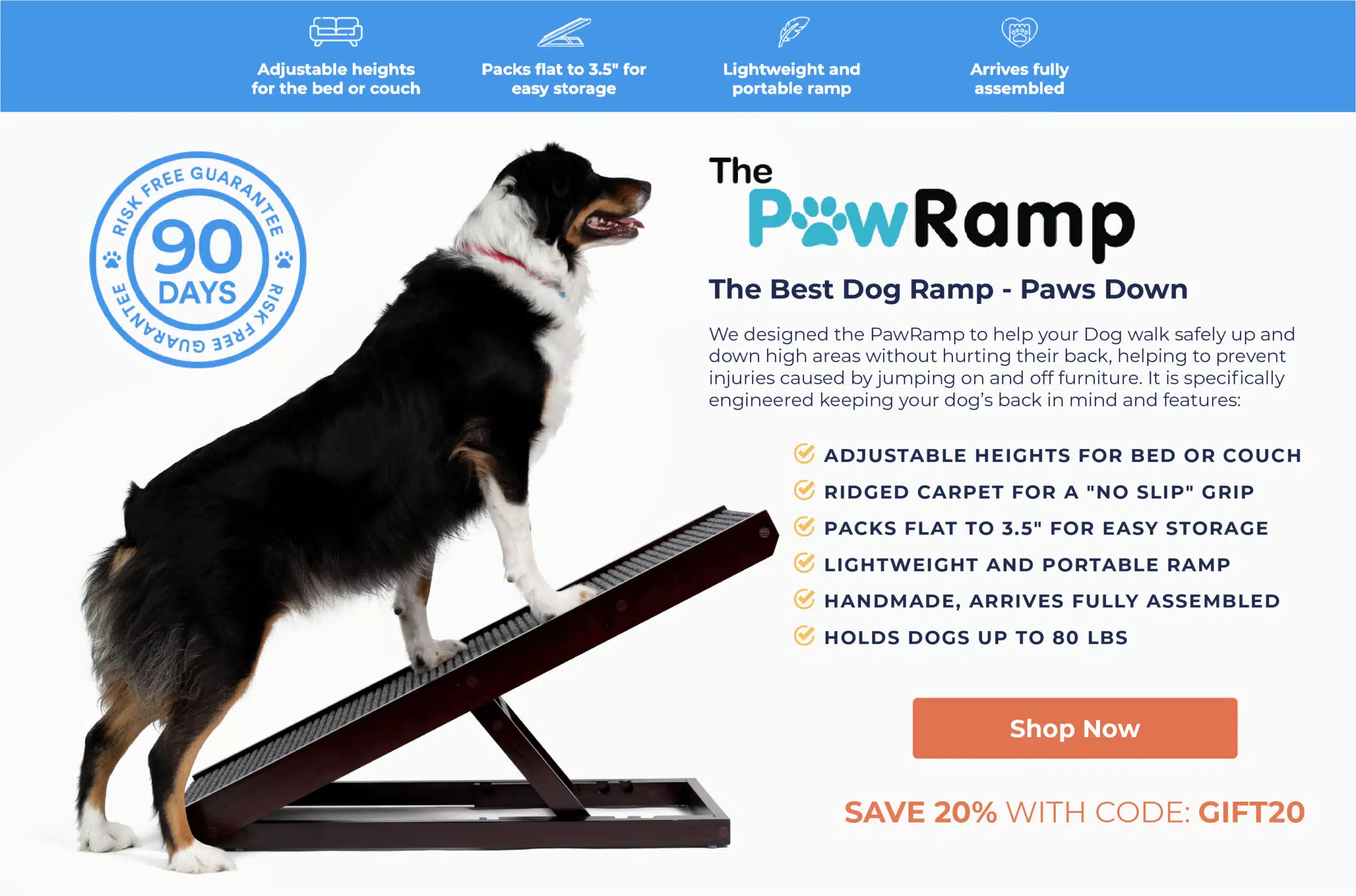
80% of Dogs Develop Arthritis or Joint Pain by 7 Years old – Here’s How to Protect Them
Most of us train our dogs when they are puppies to jump up on furniture. We think it’s harmless (and easier than always lifting them), but for dogs, couches and beds are very high compared to the size of their bodies.
Every time they jump it compresses their back and applies enormous force to their joints.
It’s no wonder that an incredible 80% of dogs experience arthritis or joint pain by only 7 years old.
Luckily, there is a vet-recommended solution.
It’s the PawRamp by Alpha Paw. An adjustable ramp that allows dogs to safely get on and off couches and beds. PawRamp makes joining you in bed or on the couch effortless and fun.
As a bonus, you can use code SAVE35 to get $35 off the PawRamp today.


